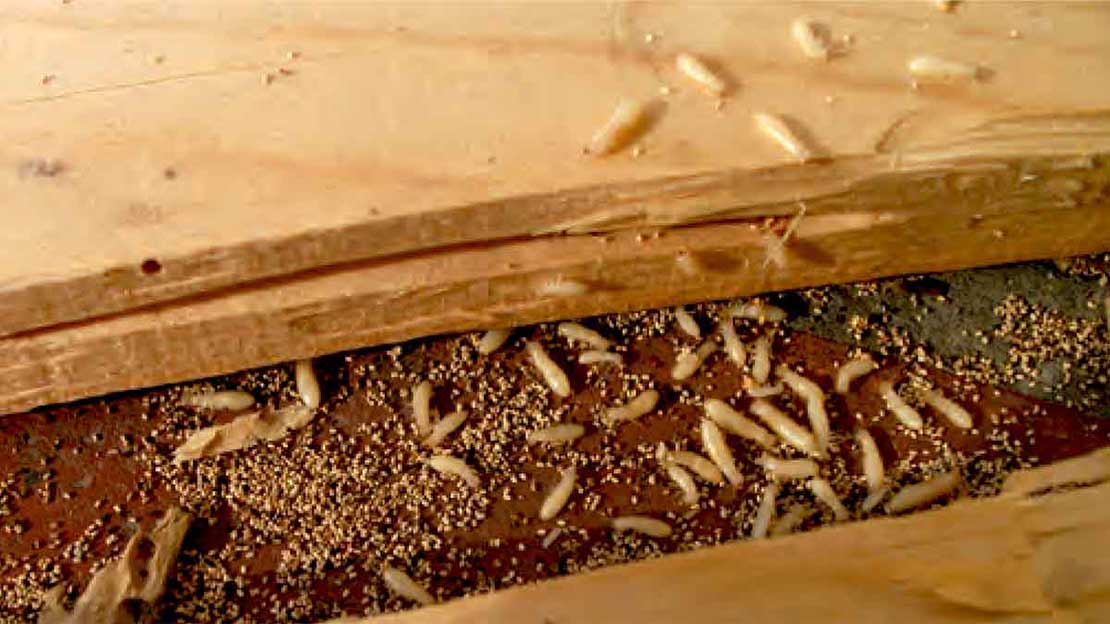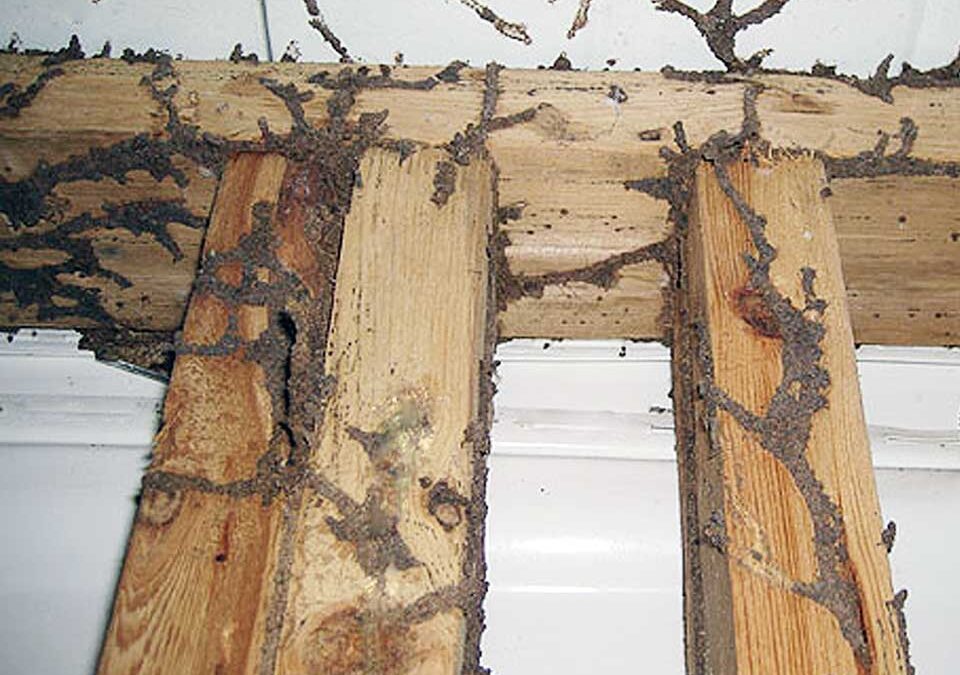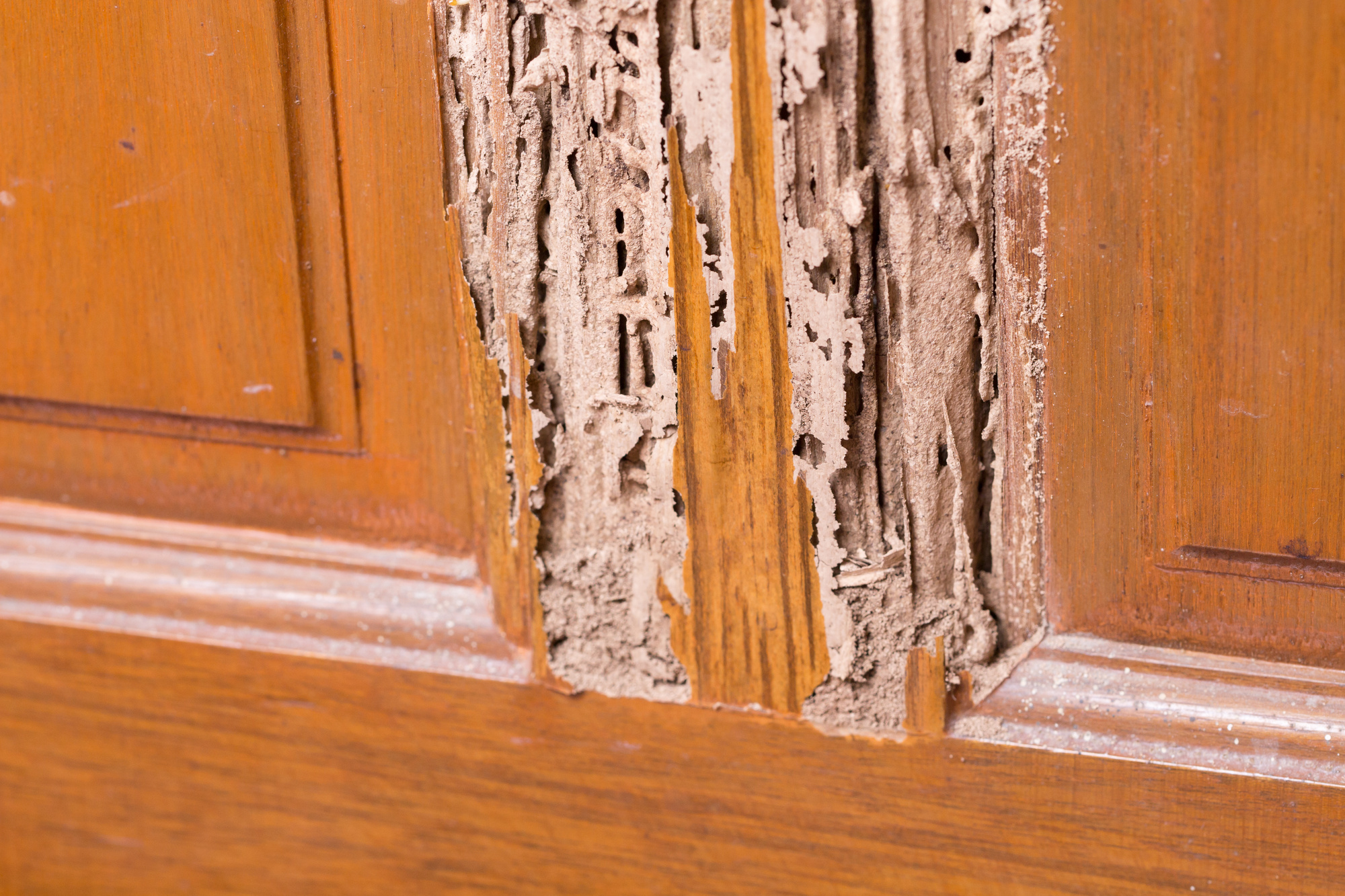Termite Treatments in Florida
Exterminator Services for Sarasota, Osprey, Longboat Key
Termites are silent yet destructive insects that can weaken the wooden parts of a building, leading to costly repairs or health concerns. In Florida’s mild climate, these pests have favorable conditions to breed almost continuously, posing a persistent threat to properties of all kinds. Areas such as Sarasota, Osprey, and Longboat Key are especially prone to termite activity, given the coastal humidity and abundant sources of wood. If you notice signs of termites, arranging for termite treatments in Florida with an experienced termite exterminator is essential. Below, you will learn why Florida supports termite activity, the red flags pointing to a termite problem, and how professionals halt infestations. You will also see steps that help keep termites from returning once your property is protected.
Why Termites Thrive in Florida
- Warm Temperatures
Florida’s weather seldom reaches freezing, which would typically reduce termite numbers in colder areas. Termites can stay active in moderate winters, letting them expand year round. - High Humidity
Termites depend on moisture to survive. In Sarasota, Osprey, or Longboat Key, the humidity allows subterranean termites to build earthen tubes and encourages drywood termites if wooden materials remain slightly damp. - Variety of Wood Sources
Whether you have a home with wood framing, outdoor decking, or old wood piles near the foundation, termites can establish themselves. Any cellulose based material is at risk if not regularly inspected or maintained. - Frequent Movement of Items
Florida sees many relocations and deliveries. Infested wood products or furniture might contain hidden drywood termites, bringing them into a new building unnoticed.

Signs of a Termite Infestation
- Mud Tubes
Subterranean termites build thin, claylike tunnels along foundations or walls to remain shielded while foraging. Finding these mud tubes is a strong warning that a colony is feeding nearby. - Discarded Wings
Termite swarmers, which are winged reproductives, shed their wings after a mating flight. Clumps of clear or translucent wings on window sills or floors can indicate termite activity. - Frass or Droppings
Drywood termites leave small, pellet shaped droppings called frass. These piles might appear on windowsills, at baseboards, or other spots below infested wood. - Hollow Sounding Wood
Termites eat wood from the inside out. Tapping on a beam or floorboard and hearing a hollow echo suggests internal tunneling. - Bubbling or Cracking Paint
When termites tunnel near a surface, paint or wallpaper might blister. Some homeowners mistake this for water damage, only to realize it is caused by termites feeding behind the scenes.
If any of these signs show up, contacting a termite exterminator for an inspection can spare you from deeper structural issues and bigger repair bills.
Why Termites Demand Swift Action
Termites that remain unchecked for months or years cause widespread wood damage, which can undermine the stability of beams, floors, or entire sections of a building. Repair costs may climb if entire framework pieces need replacing. For commercial properties, a termite presence can disrupt business operations or lower client confidence if visible. Early detection and termite treatments in Florida reduce the risk of losing equity or incurring lengthy restoration jobs.

Why a Termite Exterminator is Key
Basic do it yourself sprays or spot fixes rarely destroy an entire termite colony. Subterranean termites often nest in soil yards away, while drywood termites can hide in roof beams or furniture. A trained termite exterminator:
- Identifies the termite species
• Uses spot or full structure methods like soil termiticides, fumigation, or localized treatments that kill hidden colonies
• Advises on moisture control or repairs to eliminate conditions that encourage termites
• Monitors progress over time to ensure no new colonies arise
A professional approach ensures that you target queens and hidden larvae, not just stray foragers.
Our Termite Treatments in Florida
Inspection
We begin by checking building interiors and exteriors for mud tubes, frass, or damaged wood. Crawl spaces, attics, and foundation edges are important to examine. This investigation pinpoints the termite species (subterranean, drywood, or dampwood) and the level of infestation.
Customized Strategy
Our solutions might include:
- Soil Treatments: Creating a barrier around foundations by trenching or injecting termiticide into soil where subterranean termites forage.
• Bait Systems: Placing termite bait stations that worker termites feed on and carry back to the colony, eventually destroying the entire nest.
• Drywood Termite Measures: Spot injections or tent fumigation if the infestation covers many wooden beams.
• Moisture Fixes: Reducing damp areas by repairing leaks or improving ventilation, limiting termite survival.
Occupant Safety
We prioritize occupant well being and property security. People or pets may need to stay away from treated zones until everything dries or, in the case of fumigation, vacate for a short period. We tailor the approach to the building’s design and occupant schedules.
Follow Up
Because termites can attempt to re enter if soil barriers wear down or if new cracks develop, follow up inspections ensure new termite activity is halted early. We also remind owners to replace any heavily damaged wood or fix underlying moisture issues that attracted termites initially.
Termite Problems in Sarasota
Sarasota’s blend of residential, commercial, and cultural sites along the coastline draws many visitors, but also fosters termite presence. Older houses may have cracks or damp foundations that let subterranean termites build hidden mud tubes. We often recommend a soil treatment barrier, plus occupant steps like removing wood to soil contact near exterior walls. For drywood termites in rafters, localized spot treatments or tent fumigation may be required. Our termite exterminator process here finishes with occupant tips, ensuring small leaks or rotted beams get fixed, so termites lack a pathway back in.
Osprey and Longboat Key
Osprey’s suburban charm and Longboat Key’s waterfront homes can still experience termite threats, since moisture or partial wood rot from the coastal air can attract colonies. Some owners only catch on once they see frass piles on windowsills or find wings scattered after a swarm. We begin by confirming which termite species is involved, then choose the correct soil termiticide or fumigation plan. Because of the scenic environment, occupant vigilance in removing damp debris or promptly fixing roof leaks keeps new termites from moving in. With proactive checks, Osprey and Longboat Key properties remain safe from damaging infestations.

Keeping Termites Away
- Limit Wood to Soil Contact
Use concrete blocks or metal supports under wooden posts or deck parts. Keeping wood elevated interrupts subterranean termite tunneling. - Fix Leaks
Termites thrive in wet conditions. Repair leaking pipes, clogged gutters, or cracks in roofing that let moisture collect in beams or attics. - Ventilate
Attics, crawl spaces, and basements need proper airflow to stay dry. Installing vents or using fans can reduce humidity levels, making spaces less hospitable to termites. - Inspect Yearly
A professional termite check each year or two catches early mud tubes or small frass piles. Early detection saves time and money. - Reduce Wood Debris
Keep firewood piles away from outer walls. Dispose of rotting stumps or fallen branches. Any leftover wood near the foundation acts as an invitation to subterranean termites.
Contact Us for an Immediate Solution
If you suspect termites from mud tubes, frass, or weakened wood, swift action prevents widespread damage. Contact us to learn more or schedule your service. Our termite treatments in Florida include a complete inspection, targeted applications like soil barriers or fumigation, and occupant advice on preventing future infestations. Whether your property is in Sarasota, Osprey, or Longboat Key, we personalize each plan to the building’s layout and occupant needs. Once the colony is wiped out, consistent maintenance and occasional rechecks maintain a termite free environment over the long term.
Moving Forward Termite Free
Florida’s climate can help termites stay active, but that does not mean you must share your home or business with them. Recognizing warning signs like discarded wings or hollow sounding wood allows you to take proactive steps early, limiting costly repairs. An expert termite exterminator eliminates colonies at their source, from subterranean nests to drywood termite clusters in rafters, ensuring your property’s structural integrity and occupant well being. Combine these treatments with occupant habits such as sealing cracks, controlling moisture, and removing exposed wood—so your building remains far less appealing to these invasive pests. With vigilance and regular termite checks, you spare yourself stress and keep your Florida property strong for many seasons.
